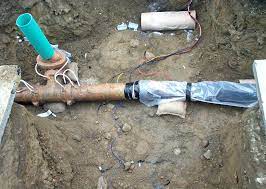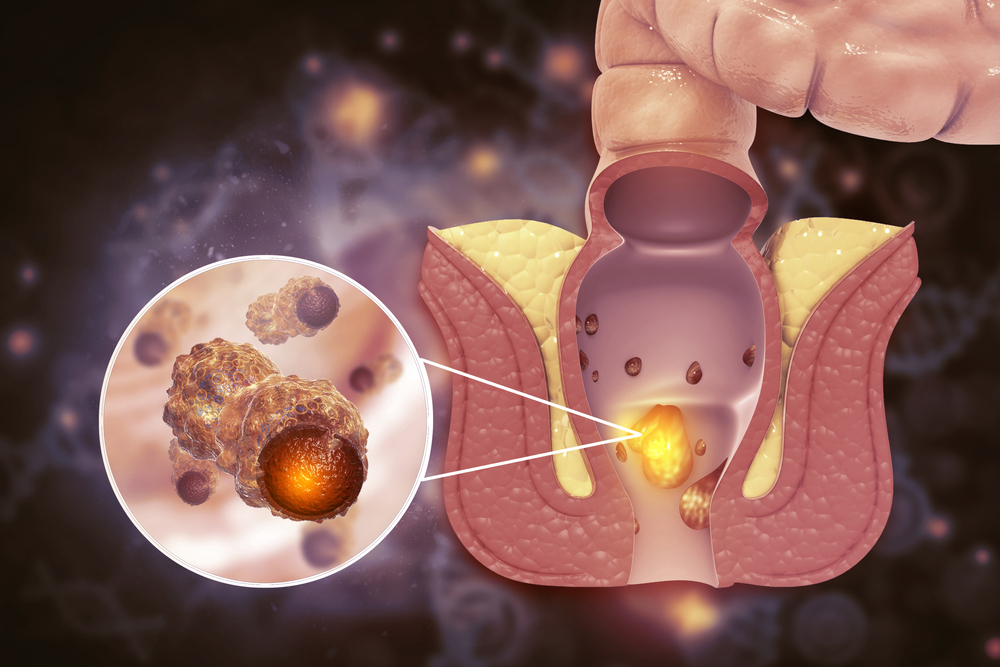What Is Cathodic Protection?
Cathodic protection is a renowned and effective technique that is used to prevent the Corrosion and deterioration of metals; it is used to protect industrial equipment and structures such as steel, water pipelines, storage tanks, oil platforms and ships. Corrosion occurs in structures that are located underground and are exposed to the soil as well as in equipment that is located underwater. If it is not addressed timeously, corrosion can have harmful effects on metal structures.
Corrosion is a gradual process that breaks down the properties of metals; this deterioration is a by-product of a chemical reaction that occurs between metals and their environment. Corrosion is a result of the redox reaction of iron and oxygen in an environment that has water or moist air.
How does Cathodic Protection work?
Corrosion is mitigated by two options, primarily coatings can be utilised but coating is only effected for a specified lifespan. CP is a secondary form of defence and can be utilised throughout the lifespan of the asset. Coatings cannot necessarily or effectively be replaced or maintained on all structures. however, the CP is adaptable and can be adjusted through the asset life to suit the changing environment and corrosion conditions.
The harmful process of corrosion can be effectively prevented and managed through cathodic protection. The CP process involves the conversion of anodic sites on the metal surface into cathodic sites; this process is known as a cathodic electrochemical reaction. In the CP process, direct current is used to counteract the corrosive chemical reaction (anodic reaction) that destroys metal surfaces. It must be noted, however, that while CP prevents metal deterioration and corrosion, it does not restore the damaged metal surface.
Cathodic protection can be used on various types of metal structures in various environments. It is one of the few methods of corrosion control that can competently protect a submerged metal surface. In order for the CP process to be effective, you have to ensure that you design and acquire reliable CP current from your system.
Cathtect Engineering offers the following:
CP rectifiers & electrical systems
CP de-coupling & isolation
CP anodes
Reference Electrodes and Coupons
CP monitors and control systems
Cables and cable accessories
Eathing and Weld materials
Selective Backfill materials
Concrete Enclosures
South Africa has been applying the cathodic protection technique on most railways and pipelines for the past 50 years. Cathtect Engineering prides itself on being an industry leader in cathodic protection and corrosion mitigation. We are a solutions-based company that offers high-quality products and professional services.
Cathodic Protection Testing
Guaranteeing your cathodic protection testing remains in good functioning order comes with the task description of installing them. In our last primer on cathodic protection, we covered the standard concepts of cathodic protection systems. In addition, we discussed the toughness and weaknesses of sacrificial, satisfying current systems and resolved roaming currents. Today we’re here to provide a fundamental review of testing your cathodic protection systems to maintain them in prime running condition.







